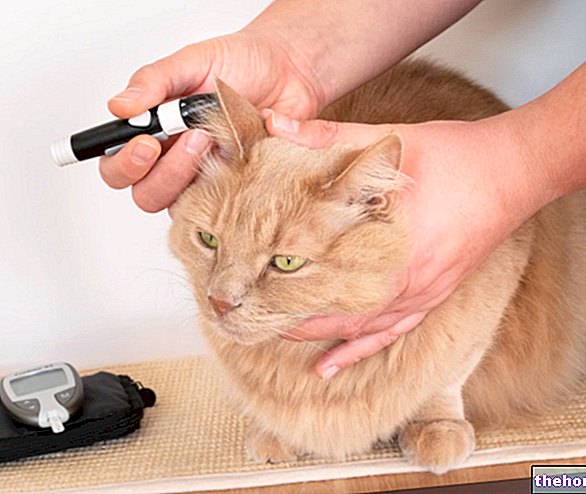
Barf is the acronym of the English wording Bones And Raw Food (bones and raw food), invented by Debra Tripp.
The barf diet falls into the category Raw Feeding (Raw Food) and is based on the selection of NON-cooked foods containing a "physiological" quantity of a fifth quarter (bones and offal).
Specifically, the barf diet consists of:
- 60-80% of bones with meat pulp (meat up to 50%), for example chicken neck, carcass, wings and legs.
- 20-40% from fruits and vegetables, offal, meat, eggs and dairy products.
Referring to veterinary nutrition, this distinction is conceptually wrong.
It is "the animal itself that must choose what to eat or discard, regardless of the economic interests that gravitate around the food and veterinary industry."
Moreover, let's not forget that carnivores have evolved to digest any animal tissue (in the right proportions, of course).
Wild predatory mammals (such as felines and canids), especially small or medium sized ones, do not leave leftovers or do so only marginally. The reasons are two:
- With a scarce availability of food, they always optimize the ratio "energy expended with hunting / energy acquired with predation".
- Leftovers only correlate with excessive meal size. In nature this almost never happens, because hunting large prey always involves an increased risk of injury. In addition, leftover food tends to waste away and is often stolen by other animals. With a choice, lone hunters target many smaller victims rather than one large one. The gregarious species can behave in the opposite way.
In short, in the right quantities, the fifth quarter is considered an integral part of the diet of hunting mammals.




























